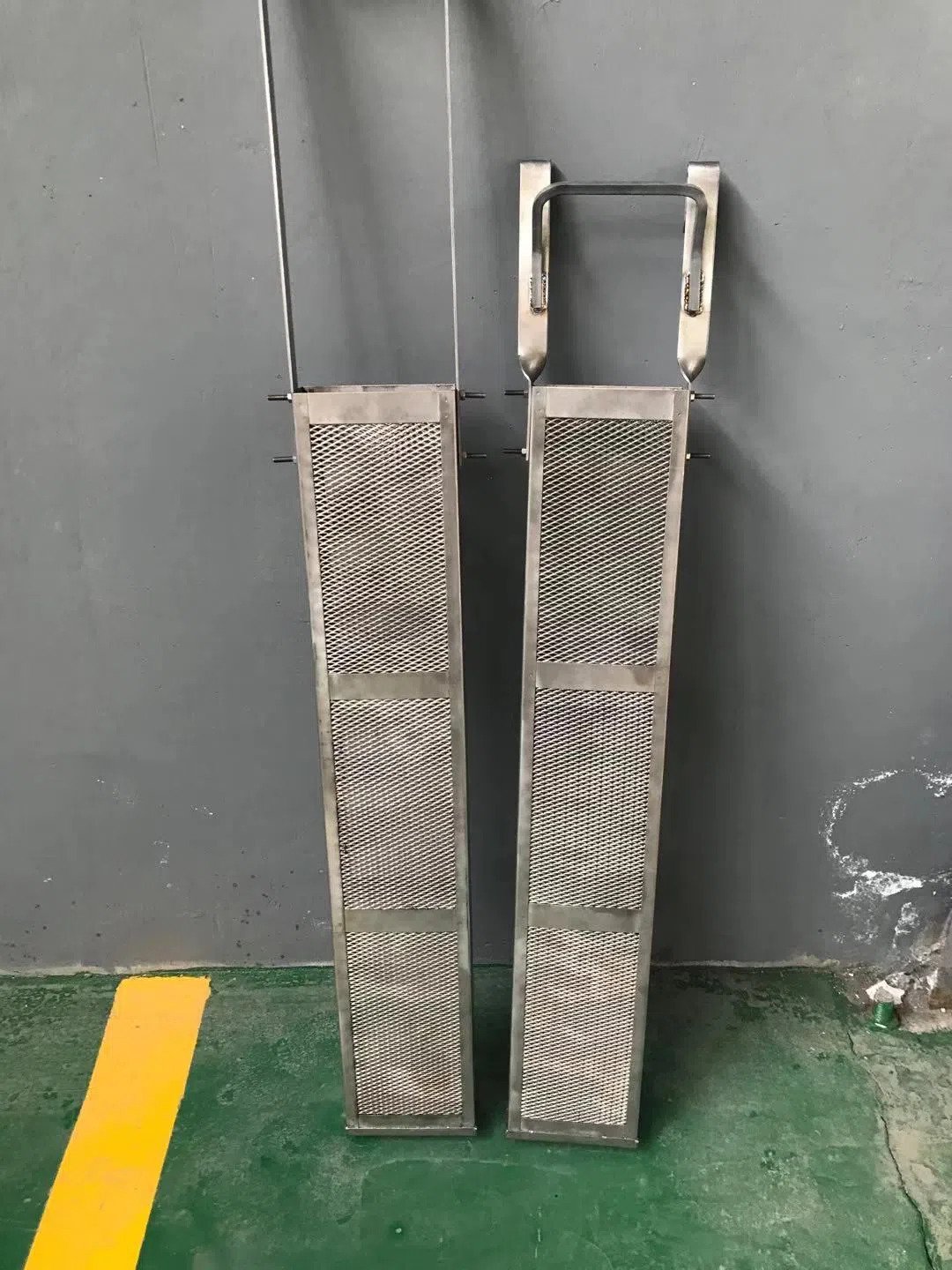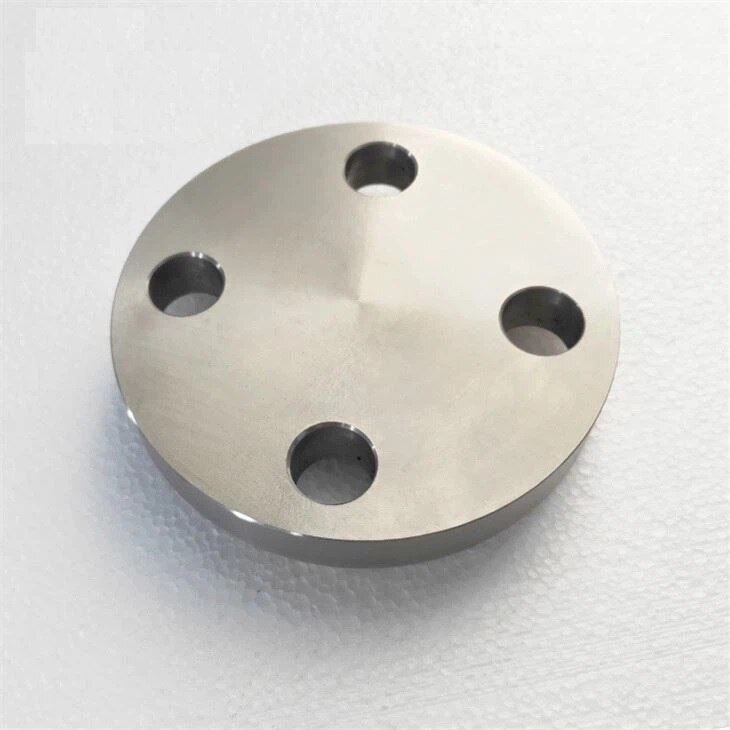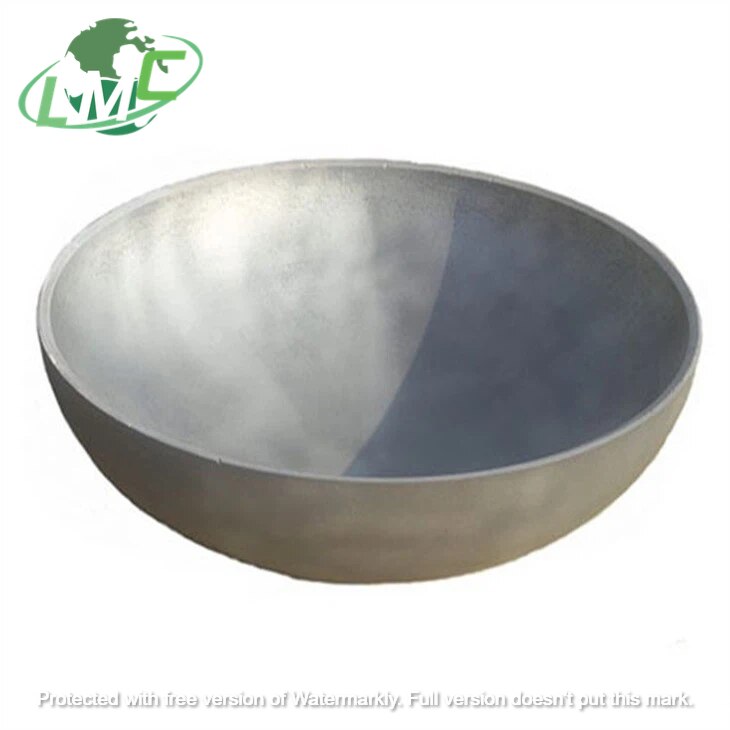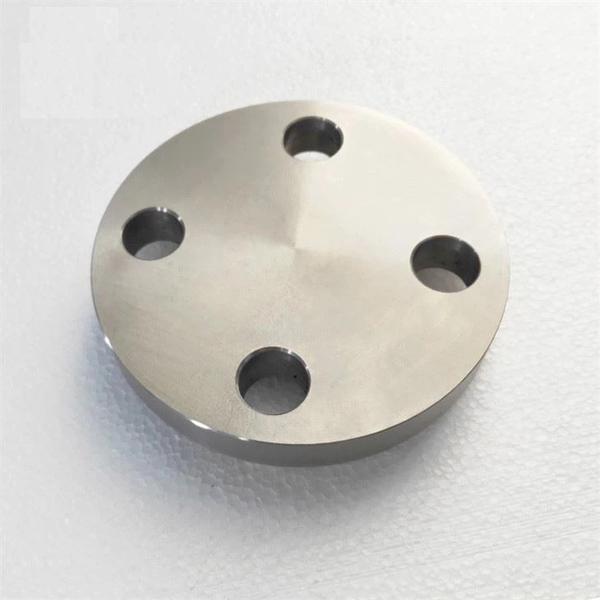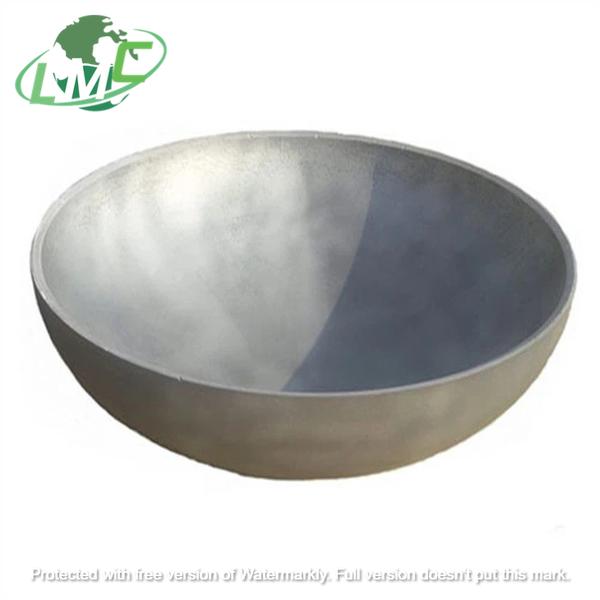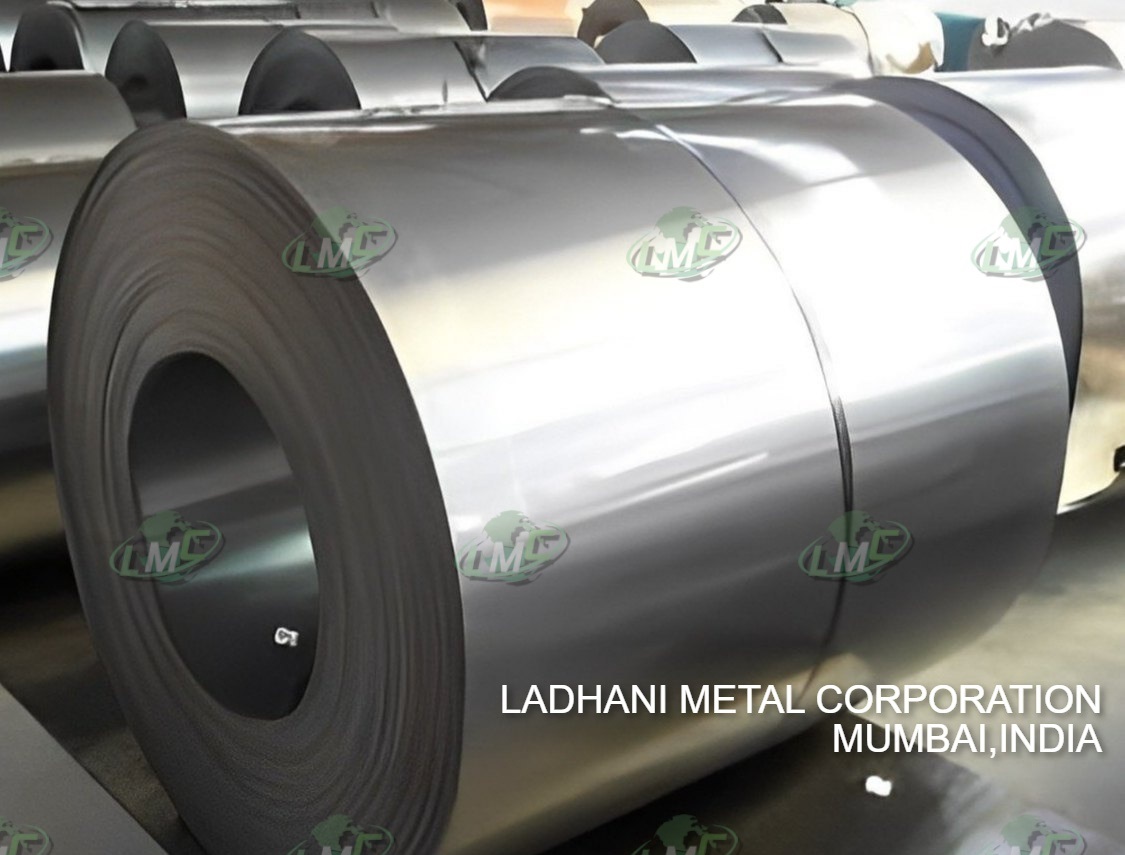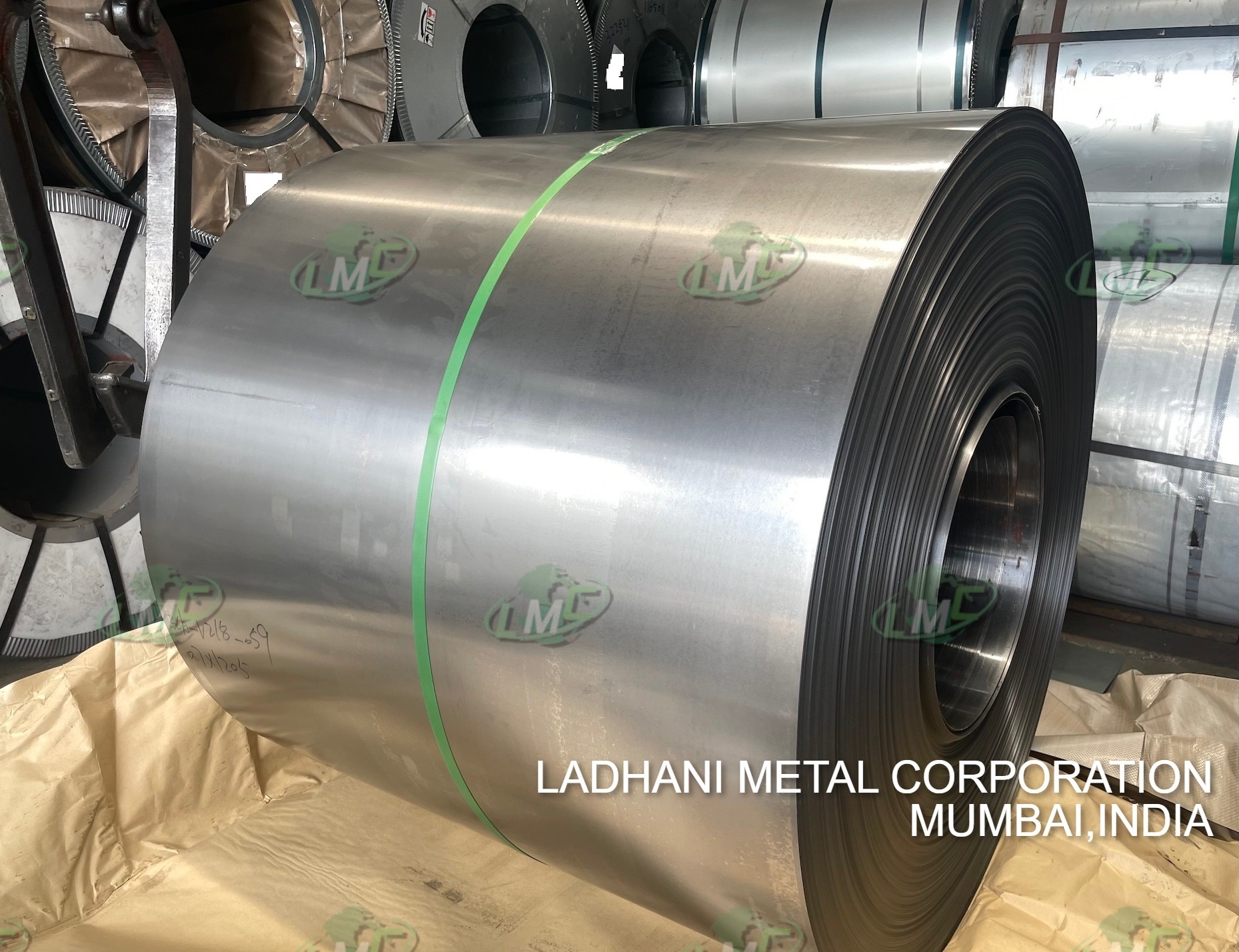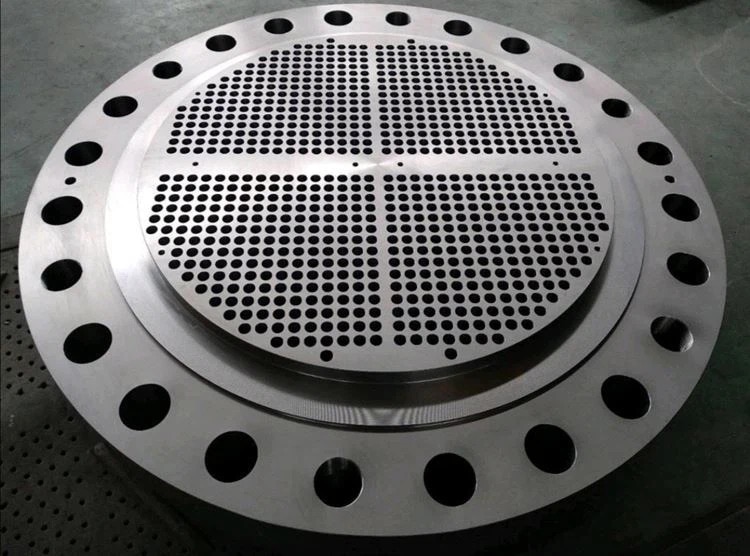Gr12 Titanium Hemispherical Head
Product name:Gr12 Titanium Hemispherical Head
Standard: ASME VIII-I, DIN28013
Material: GR1, GR2, GR7, GR12
Size: Customized
Gr12 Titanium Hemispherical Head
Hemispherical head refers to the head composed of half spherical shell and straight edge (cylindrical short joint). The radius of curvature of the spherical shell is equal everywhere and the force is uniform. Compared with other heads, hemispherical heads require the smallest wall thickness under the same internal pressure. At the connection between the spherical shell and the cylinder with the same thickness, the edge stress caused by the change of curvature radius is only 3.1% of the overall membrane stress of the cylinder, which can be ignored. Therefore, the mechanical properties of hemispherical head are the best and the materials used are the most economical.
Product name:Gr12 Titanium Hemispherical Head
Standard: ASME VIII-I, DIN28013
Material: GR12
Size: Customized
MOQ:1PC
Spherical head, also known as spherical crown head, is a head formed by the spherical crown part of the spherical shell, including hemispherical head and non folded spherical head.
The spherical head has excellent forging, smooth surface, acid and alkali resistance, high temperature resistance, beautiful appearance and strong texture performance.
The applicable medium of spherical head is gas, liquid and steam.
Spherical heads are used in petroleum, electronics, chemical industry, medicine, textile, food, machinery, construction, nuclear power, aerospace, military and other industries.
Precautions for use of spherical head:
1. Carbon steel spherical head will crack in nitrate, ammonia, alkaline sodium and other environments. Explain to eliminate residual stress when ordering head.
2. Stress corrosion cracking of austenitic stainless steel will occur in the specific environment with chloride ions. Select appropriate materials when designing spherical head.
3. For carbon steel vessels requiring hot galvanizing or aluminizing, heat treatment shall be carried out first to remove residual stress
Titanium grade 12 pipe (Ti-0.3Mo-0.8Ni)
Chemical compositions(weight%,<=)
Mo
Ni
Fe
C
N
0.2-0.4
0.6-0.9
0.30
0.08
0.03
H
O
Ti
Others
Total
0.015
0.25
Remainder
0.10
0.40
Physical properties(>=)
Σb
Tensile Strength
(Mpa)
σr0.2
Yield Strength
(Mpa)
δL0+50mm
Elongation
(%)
ψ
Reduction of area
(%)
440
345
18
Price: 0 |
Payment Type: |
Available: False |
COD Available: False |
KYC Status: FAILED
Send Message

